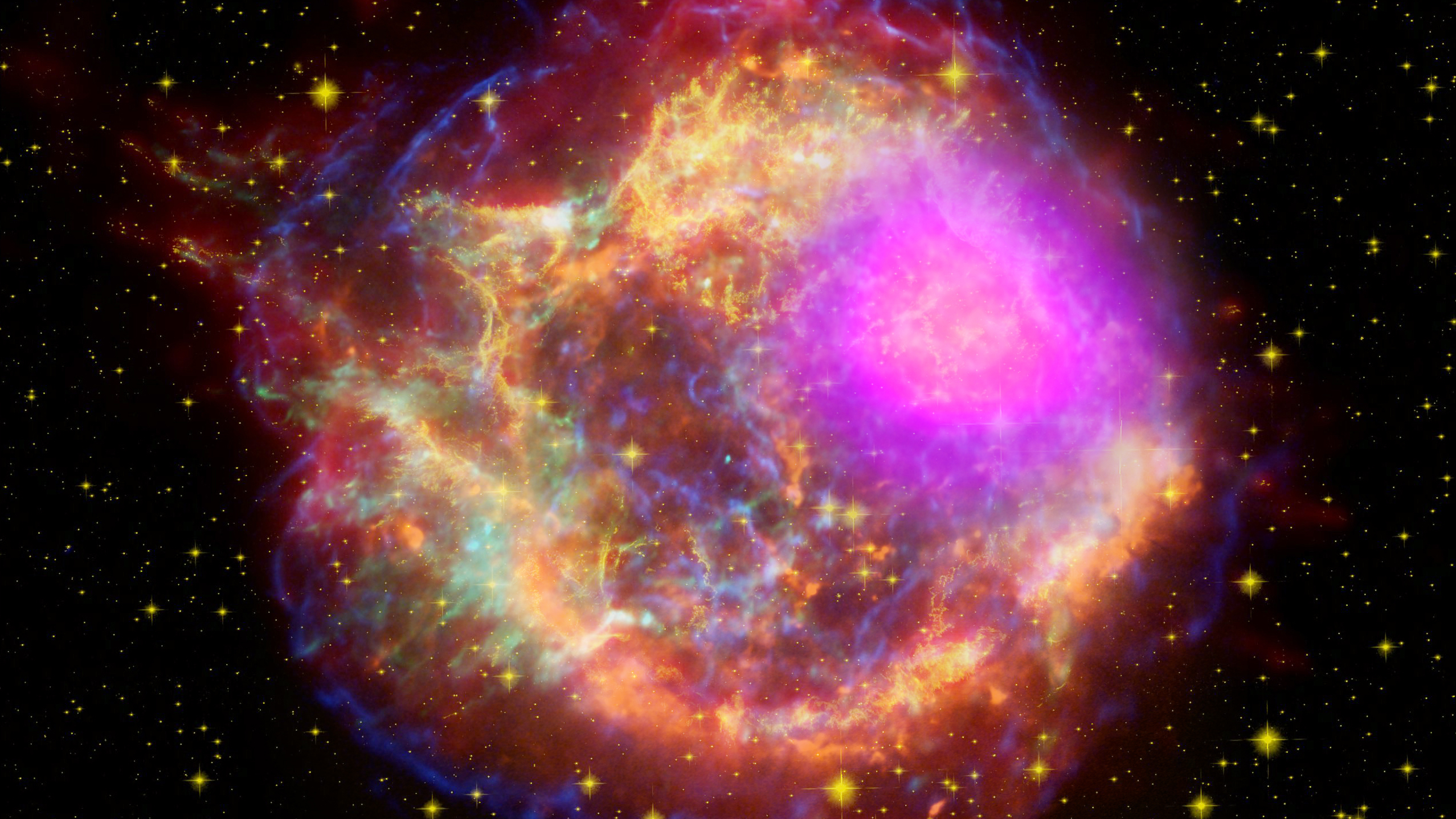Introduction
Massive stellar explosions known as supernova climate change have long fascinated astronomers, but recent scientific discoveries suggest they may have had far more significant impacts on Earth than previously imagined. Researchers now believe that nearby supernova events could have triggered deadly ancient climate shifts, and may still pose risks to our planet’s atmosphere today.
How Supernovas Influence Earth’s Atmosphere

Supernovas are catastrophic events that occur when massive stars explode, releasing high-energy cosmic radiation across vast distances. When these blasts happen within a few hundred light-years of Earth, they can send a deluge of charged particles that could disrupt our ozone layer, expose the surface to increased UV radiation, and trigger climate-altering phenomena.
Historical Evidence from Tree Rings
Researcher Robert Brakenridge from the Institute of Arctic and Alpine Research analyzed 15,000 years of tree ring data and discovered 11 unusual spikes in carbon-14. These carbon anomalies may correspond to ancient supernova events, suggesting a direct correlation between cosmic radiation and abrupt environmental changes on Earth.
Climate Disruptions Caused by Supernovas
- Ozone layer depletion: High-energy photons from supernovas can destroy ozone molecules, increasing Earth’s exposure to harmful UV rays.
- Global cooling: Radiation may reduce methane levels in the stratosphere, contributing to global temperature drops.
- Mass extinctions: Changes in UV radiation and climate patterns can affect ecosystems and potentially lead to widespread die-offs.
Could It Happen Again?

One star under close watch is Betelgeuse, a red supergiant about 700 light-years away. Though not an immediate threat, its eventual explosion as a supernova could have ripple effects on Earth’s climate. Scientists are monitoring its behavior and other nearby stars for early signs.
According to Space.com, any supernova within 30 light-years could potentially strip Earth’s atmosphere completely. Even distant ones can wreak havoc via long-term exposure to cosmic radiation.
Scientific Forecasting and Mitigation
Geological records such as ocean sediments and ice cores are being studied to uncover more links between supernovae and past environmental shifts. The hope is that this data can help forecast potential risks and allow for future preparedness if another nearby star goes supernova.
Conclusion
While the idea of stars millions of miles away impacting our planet may seem far-fetched, new evidence suggests supernovas have shaped Earth’s climate history. From tree rings to ozone data, the cosmic connections are becoming harder to ignore. As we continue to explore space, understanding these stellar threats is key to protecting our world’s future.
For more on environmental science and cosmic discoveries, visit The Morning News Informer – Science Section.









